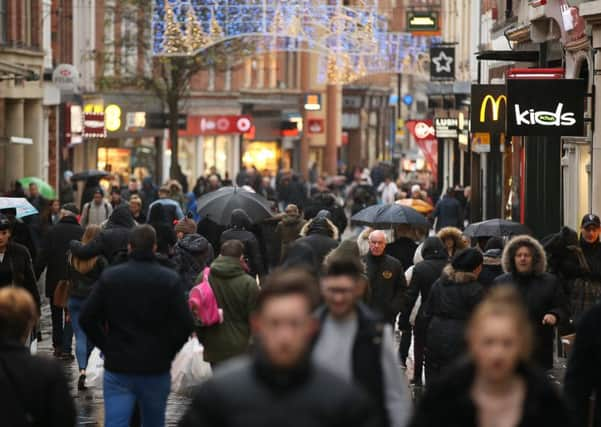Highstreets hit as online retail rise continues


But that was tempered by 144 shop openings in the same period – giving a net decline of 35. That was better than the figure for the same period in 2015 when the decline was 65.
Many town centres in the region saw more openings than closures including Liverpool, Burnley and Preston, while Blackpool and Lancaster had the highest number of closures.
Advertisement
Hide AdAdvertisement
Hide AdNationally it said 2,656 shops closed on Great Britain’s high streets, a rate of 15 stores a day. PWC said the major contributing factor was the rise of online shopping, which has led to an overhaul of retail store strategies for national chains with more click and collect services starting.
Madeleine Thomson, retail and consumer leader at PwC, said: “To increase footfall to their stores, it is key for retailers to ensure their in store offering and price point is relevant for the younger demographic who are particularly high users of online channels and very price savvy. Our Total Retail research** shows that consumers value shop assistants with a deep knowledge of the product range, the ability to check stock quickly and to see and order online ranges in store.”
The data showed tobacconists, health clubs and jewellers were among those growing at the fastest rate during the first half of 2016. Take away food shops and American, Italian and Japanese restaurants have all thrived.
But the survey taken across 500 town centres showed fashion shops, banks, mobile phone shops, and women’s clothing shops had been amongst the hardest hit.
Advertisement
Hide AdAdvertisement
Hide AdMatthew Hopkinson, director of The Local Data Company, said: “The role of the store continues to evolve. Provision of a seamless on and offline experience is key.
“The spaces left by the traditional occupants of our high streets are being increasingly filled by health care operators, food and beverage operators and the ongoing rise of the discounters.”